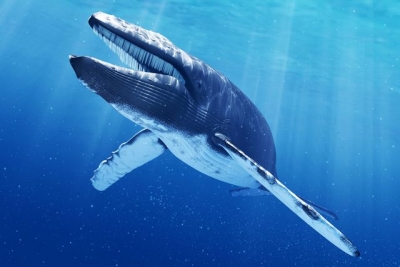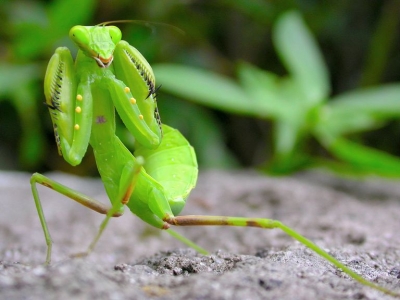What are some fun facts about blue whales?

A blue whale is the largest known animal, found in oceans around the world, except the Arctic.
It grows up to 110 feet in length and 150 tonnes in weight. Did you know its tongue alone can weigh as much as an elephant?
Its diet consists exclusively of krill, which are tiny shrimp-like creatures. It eats tonnes of them at times.
They spend summers feeding in polar waters and undertake long migrations towards the Equator as winter arrives.
It makes a range of sounds to communicate and navigate. It is among the loudest animals on the planet.
These marine marvels are a species of ‘baleen’ whale. Instead of teeth, they have baleen, a fibrous material used to filter their food. When eating, the whale lets a huge volume of water and krill into its mouth. It then pushes the water through its 300-400 baleen plates, which trap the tasty grub to be swallowed. Gulp!
Sadly, in the late 19th early 20th century, blue whales were heavily hunted. And despite a global hunting ban in 1966, their population has declined by 70-90 percent in the past 150 years. With only 10,000-25,000 left in the wild, these magnificence marine mammals are today classified as an endangered species.
Picture Credit : Google
